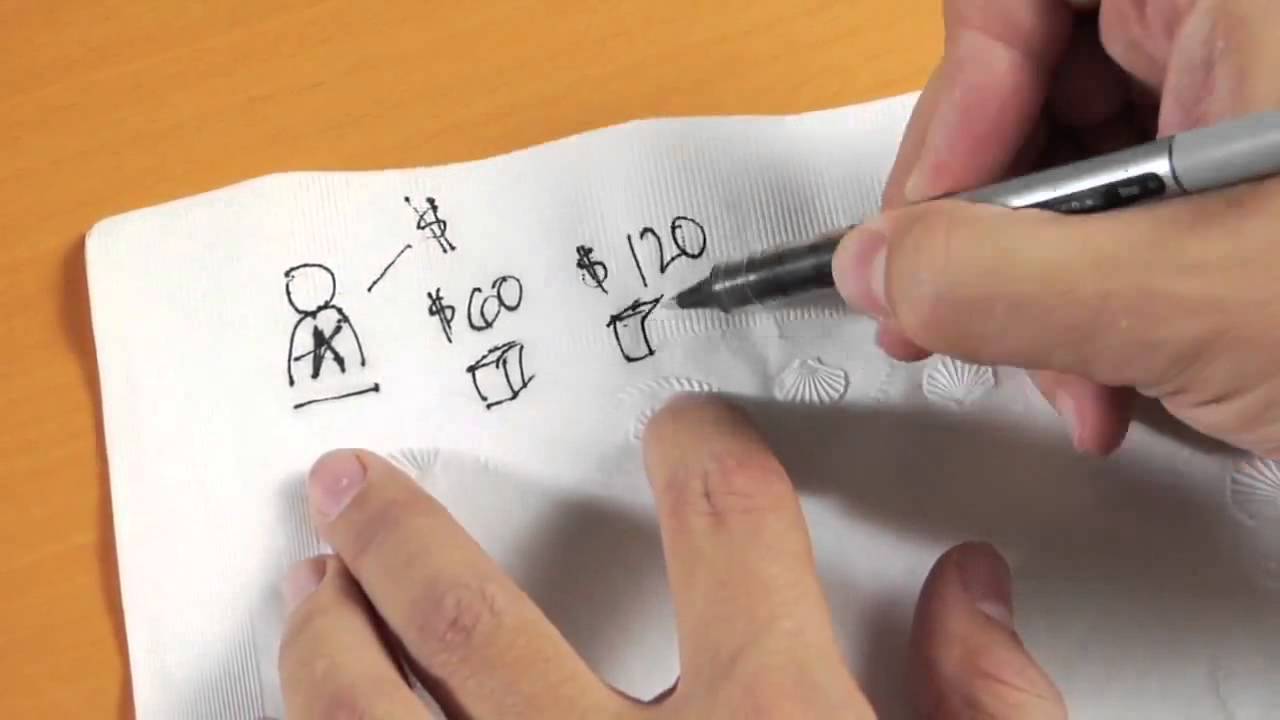
#4 in the series How a Caseload Grows Over Time
“Aren’t you just moving old money around?” the finance person asked, as he sought comfort that the major gift program was really working. So I stated the “case” for major gifts once again, like I have done hundreds of times before. Here is what it sounded like, and as it often sounds when I explain it to a person struggling with the question of whether their major donor program is delivering economic value:
- Your general file Donor Value has been going down – “The value from the donors on the upper end of your file is going DOWN at a rate of between 40-60% a year, often higher. Here, let me show you the actual facts from your file.” Then I bring out a spreadsheet of the organization’s donors and show that this is really true. (We can provide this analysis to you for free.) There are hundreds of thousands of dollars going out the door, often millions. After showing this spreadsheet I often ask: “Do you see what I mean?” And I try to gain a commitment that the person understands and accepts this important fact: the upper end of the current unmanaged donor file is losing value. This is not readily seen, because giving from new donors often covers up the loss from old donors.
- With proper management, an MGO’s Caseload Donor Value goes UP – On mature caseloads (with some exceptions), the value from the donors goes up at rates varying from 2% to 36%. “Here, let me show you. This MGO’s caseload donor value went up the first year by 6%, then by 4% the next year, then by 4.1% the last year – for a total growth over three years of 29.8%. Here’s another MGO whose donor value increases over three years were 19%, 2% and 11.5% for a total period increase of 35.5%. And the third MGO’s numbers are up 10.9%, down7% then up by 35.9% for a total period increase of 33%. Note that they sometimes go down. There is nothing to worry about when this happens.”
- In addition, a few donors are giving Transformational Gifts – “In addition to the MGOs’ caseload donor value going up, there are a few donors on each caseload who gave a total of $4.6 million, $1.3 million and $648,000. I say ‘in addition’ because as I just mentioned, these MGOs were already delivering net increases. This giving from a few donors is IN ADDITION to that giving!”
- Donor Attrition drops – “Aside from donors who just give less (value attrition), the rate at which donors actually stop giving and go away (donor attrition) is far less for caseload donors than non-caseload donors. In the case of these three MGOs it was 11%, 2.4% and 5% respectively. In one group of three MGOs who together were handling 483 donors, 453 of them were still on the caseloads three years later! That’s a low donor attrition rate of only 6.2%. Very nice numbers!”
- Average giving per donor goes up – “Now look at the other thing that is happening over time. The average gift from the caseload donors is going up. Why? Because more are staying with you, they are satisfied with how their gifts are making a difference and, therefore, upgrading their giving.”
- Concluding Statement – “So, NAME, you can see that donors who are into a 1:1 high-touch personal relationship with your MGOs are giving more as a group and are going away at a lower rate. And some of those donors are giving significantly. A well-managed and sharply-focused major gift program like this one is delivering a solid return on investment. There is no more cost-effective program in the organization than major gift work, other than planned giving.”
There is a lot of detail in the numbers I have quoted above. You can ignore all of them as long as you keep these facts in mind:
- A caseload must have qualified donors on it in order to deliver the economic results I have stated above. And the MGO must be fully engaged in serving the donors on her caseload. No prospecting. No other work pulling her away from her main task.
- There will be revenue improvement the first year AFTER the qualified caseload is fully operational. Year one starts after this is done, NOT before.
- It takes time to get going. Don’t forget it.
- Once you have a fully functional caseload you will experience, at worst, modest growth of the baseline year to year, with some years possibly dropping a bit.
- Your average gift per donor will go up.
- Your ROI (return on investment) will be better than direct marketing programs for your core caseload.
- And mega donors will contribute additional value, often in the hundreds of thousands and even millions of dollars.
While all of this number stuff might not be as inspirational as directly changing lives or helping the planet, it still is pretty exciting stuff for Jeff and me. Any time we, and our associates, can help our clients grow and deliver more net revenue for programs that do change the world, it is a very happy day for us.
Richard







0 Comments